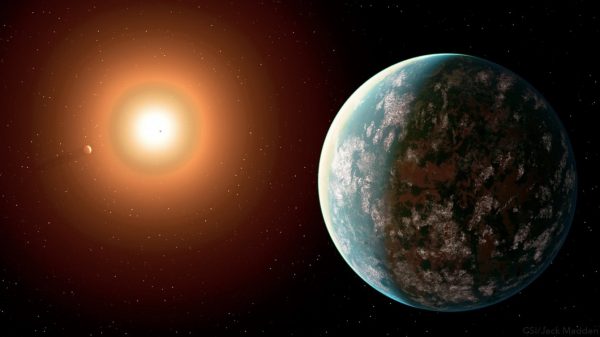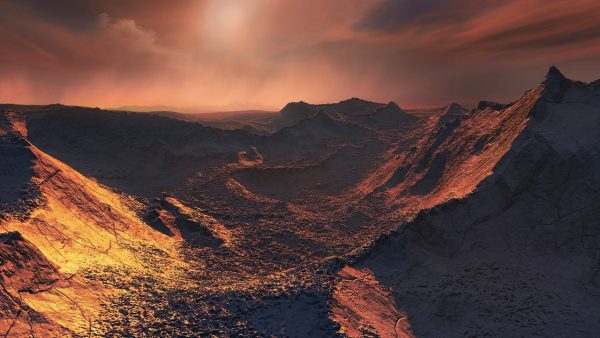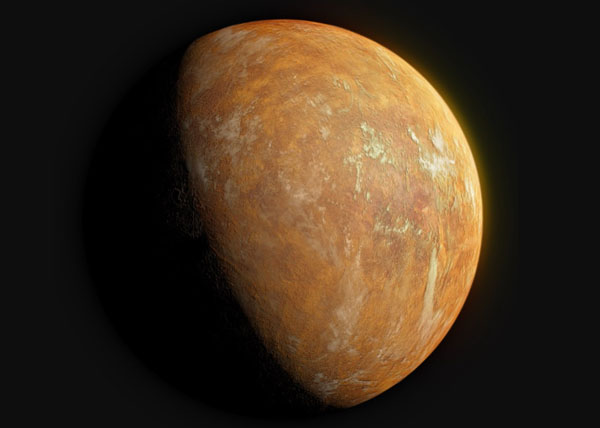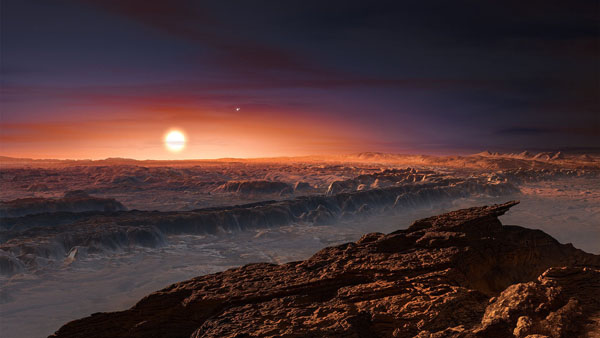Ten Extreme Exoplanets
It’s almost hard to believe that until the early years of the 1990s, astronomers had yet to discover a planet outside the solar system. Even though scientists were certain that other stars orbited other stars, there was little evidence of other planetary systems until the discovery of two extrasolar planets — or exoplanets — orbiting the pulsar PSR 1257+12 in 1992 by Aleksander Wolszczan and Dale Frail, as logged in the journal Nature. This initial discovery was soon followed by the observation of 51 Pegasi b — the first exoplanet discovered around a sun-like star — in 1995, for which … Read more










